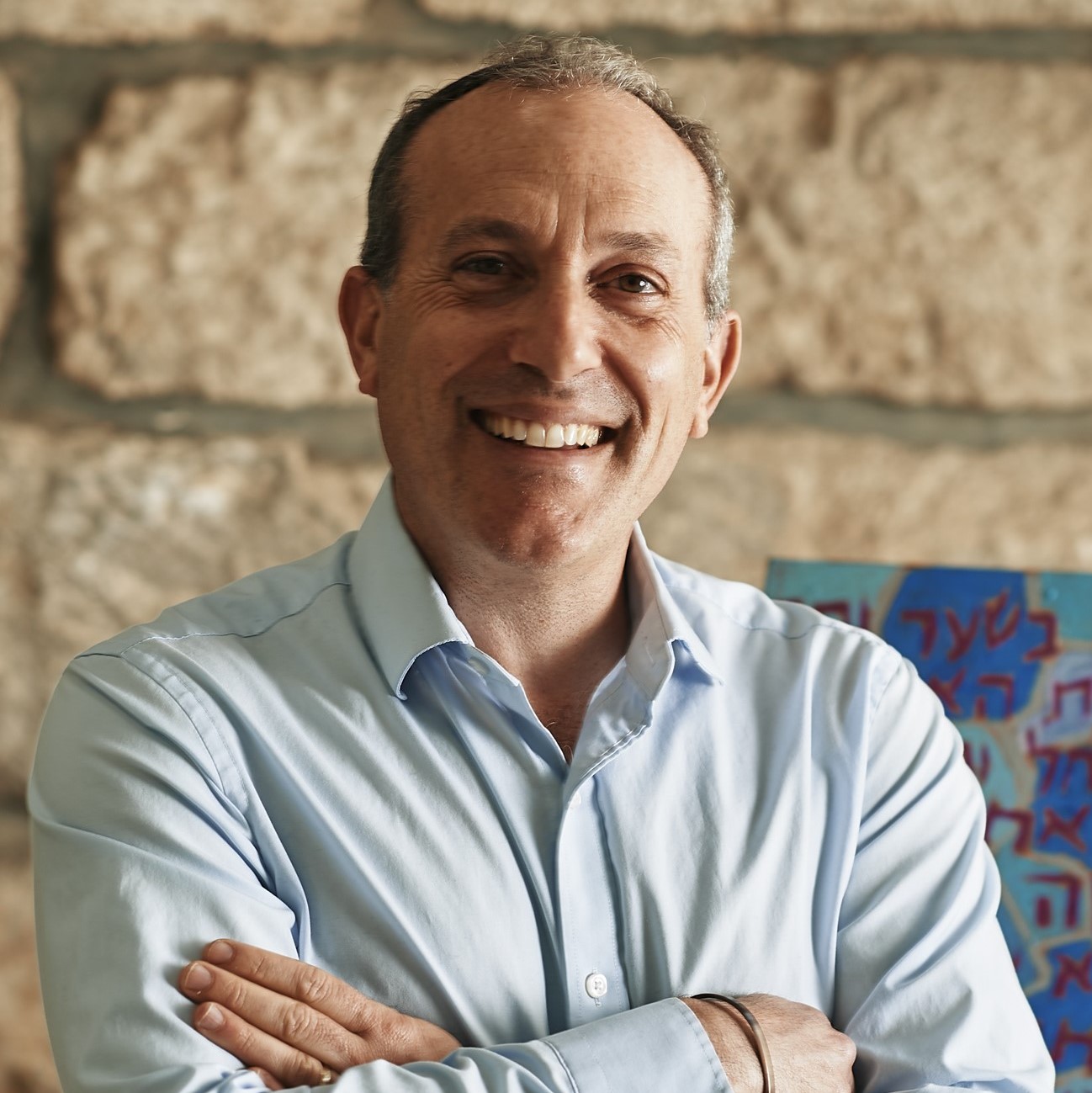The Life of a Hebrew Poet

Hayim Nahman Bialik: Poet of Hebrew by Avner Holtzman (Yale University Press, 2017)
Born in 1873 in Zhitomir, Ukraine, Hayim Nahman Bialik went on to become the greatest Hebrew poet “since the time of Yehudah Halevi.” Holtzman identifies what made Bialik a national poet of the Jewish people: “a biography of epic, symbolic dimensions; a profound sense of involvement and identification with the national drama; and incontestable literary genius” (62). From humble beginnings in a family involved in the lumber trade, Bialik left at age 17 for the Volozhin yeshiva in Lithuania. There he immersed himself in yeshiva learning while simultaneously expanding his secular knowledge in preparation for academic studies in Berlin.
All the while, he was deeply influenced by the gathering national consciousness that swept the Jewish communities of Europe. The voices of Theodore Herzl and Ahad Ha’am moved Bialik to the core. In May 1892, his stirring poem “To the Bird” appeared, expressing the hope represented by the Land of Israel: “Peace to you, returning lovely bird, unto my window from a warmer clime! How my soul for songs was yearning when my dwelling you deserted in the winter time! . . . Does your singing bring me greetings from the land, its glens and valleys, mountain height and cleft? Has her God had compassion on Zion?” (Complete Poetic Works of Bialik, 9–10). It was the voice of awakening—first of individuals and then of a nation—to the task of returning to and rebuilding a Jewish homeland.
The signature moment for Bialik came after the Kishinev Pogrom of 1903, a two-day rampage resulting in the murder of 49 Jews, the rape of dozens of women, and the wounding of hundreds. Bialik was sent by a Historical Committee led by Ahad Ha’am and Dubnow to document these events. Apart from reporting on the blood-chilling facts, Bialik wrote the most powerful poem of his career, “In the City of Slaughter.” While there is implicit condemnation of the perpetrators, the most damning cries are against God and the victims. Bialik sharply critiques the passive Jewish community for not doing enough (or anything) to take its destiny into its own hands. Holtzman points out that this masterpiece is credited with sparking the Second Aliyah.
Reading the poetry of Bialik is a must. But so too is immersing oneself in Holtzman’s poignant biography. Today, Israel is too often a source of tension. It is important that we remind ourselves of the miracle that Israel is, unrivaled in human history. For it was out of the ashes and tears of Jewish history that our people came home—to build their lives anew and engage in the messiness of sovereignty. Bialik reminds us of the sanctity of this mission. And Holtzman is a loyal messenger, inspiring us to reengage with Hebrew poetry.



